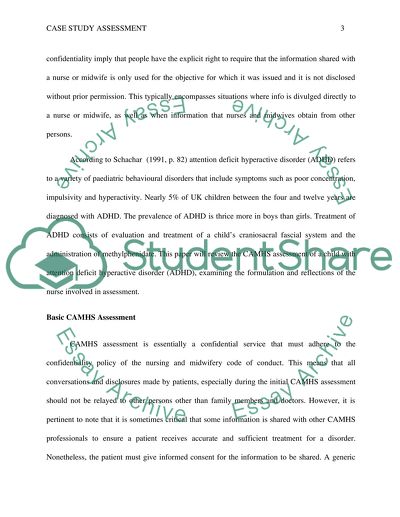Cite this document
(“Child with Attention Deficit Hyperactive Disorder Essay”, n.d.)
Retrieved from https://studentshare.org/nursing/1396506-case-study-assessment-of-a-child-with-attention
Retrieved from https://studentshare.org/nursing/1396506-case-study-assessment-of-a-child-with-attention
(Child With Attention Deficit Hyperactive Disorder Essay)
https://studentshare.org/nursing/1396506-case-study-assessment-of-a-child-with-attention.
https://studentshare.org/nursing/1396506-case-study-assessment-of-a-child-with-attention.
“Child With Attention Deficit Hyperactive Disorder Essay”, n.d. https://studentshare.org/nursing/1396506-case-study-assessment-of-a-child-with-attention.


